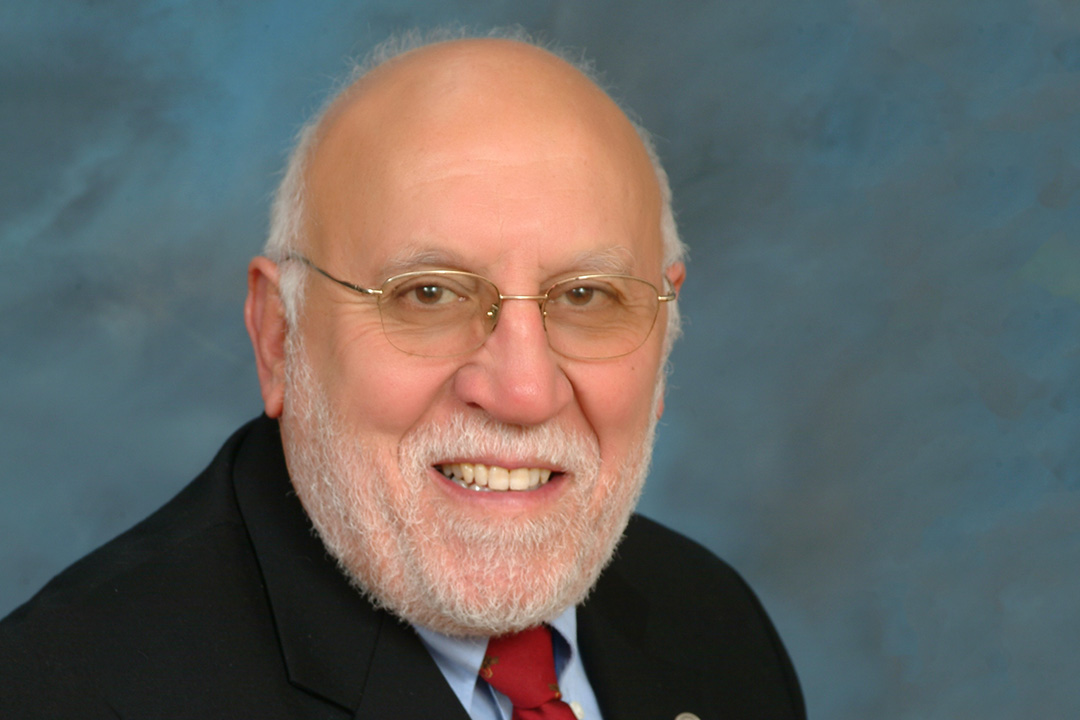
Carino honoured to be recognized by USask
Dr. Nicholas Carino (PhD) had already earned three engineering degrees and was working in his first teaching job before he discovered the area of structural engineering that became his career focus.
By Donella HoffmanWhile teaching a concrete materials class at the University of Texas at Austin, he learned one of the course topics was non-destructive test methods for concrete, which he hadn’t heard of before.
“I got interested in these test methods that can be done without doing any damage to the concrete,” said Carino, who earned his bachelor’s, master’s and PhD degrees from Cornell University.
After teaching for five years in Austin, Carino began a 25-year career as a research structural engineer at the National Institute of Standards and Technology (NIST) in the United States. Today, he is recognized globally for his expertise in concrete technology. He has also contributed to the development of building codes and standards that have improved the safety and quality of concrete construction in North America and beyond.
In recognition of his achievements, the University of Saskatchewan (USask) awarded Carino an Honorary Doctor of Science at Spring Convocation celebrations at Merlis Belsher Place.
“It’s a great honour to be recognized for what I’ve done over my career,” said Carino.
He has a unique connection to USask, in that Carino recently championed a concrete testing device – the K-Slump Tester – that was invented at USask in 1974 by Dr. Karim (Kay) Nasser (PhD), professor emeritus at the USask College of Engineering.
The device, which measures the workability of fresh concrete, was used during construction of Toronto’s CN Tower in 2007.
“Fresh concrete has to be flowable so that it can fill the forms, but you don’t want it to be too flowable so that the rocks separate from the cement, then you get all the rocks at the bottom and all of the cement of the top,” Carino explained.
Nasser’s device had initially been an approved test method in the standards of the American Society for Testing Materials (ASTM) but was dropped when no expert stepped forward to lobby for its continued inclusion in the standards. In 2018, Carino successfully collaborated with Nasser and Dr. Akthem Al-Manaseer (PhD), one of Nasser’s former students, to have the K-Slump Tester returned to the ASTM standards.
At the NIST, which is a physical science laboratory that is part of the U.S. Department of Commerce, Carino performed research in concrete technology and helped investigate the causes of major construction failures.
He was a member of the team that did the years-long investigation of the collapse of the World Trade Center Buildings, targeted on 9/11.
“It’s like being Sherlock Holmes,” Carino said. “You have to put the puzzle back together again and reconstruct the conditions just before the collapse. It’s very rewarding when you can figure it out.”
Another significant achievement during his time at the NIST was helping to develop the impact-echo method of evaluating concrete using stress (sound) waves. The method was discovered after a team of engineers began working with acoustics experts.
“We were able to develop a technique that is now widely used worldwide, for successfully looking into concrete, finding voids or cracks or other types of defects,” said Carino. “It was a good example of how putting together a team of different disciplines to attack a problem can lead to success.”

